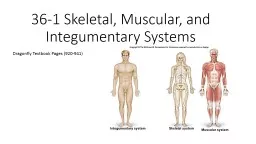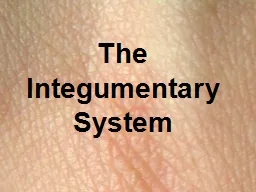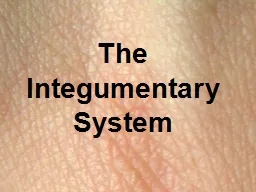PPT-Diseases/Disorders of the Integumentary System
Author : mitsue-stanley | Published Date : 2019-02-06
Berryhill amp Cashion HS1Fall 2016 DHO 73 pg 154 Acne Vulgaris Inflammation of the sebaceous glands Happens in adolescence SS papules pustules blackheads Hair follicle
Presentation Embed Code
Download Presentation
Download Presentation The PPT/PDF document "Diseases/Disorders of the Integumentary ..." is the property of its rightful owner. Permission is granted to download and print the materials on this website for personal, non-commercial use only, and to display it on your personal computer provided you do not modify the materials and that you retain all copyright notices contained in the materials. By downloading content from our website, you accept the terms of this agreement.
Diseases/Disorders of the Integumentary System: Transcript
Download Rules Of Document
"Diseases/Disorders of the Integumentary System"The content belongs to its owner. You may download and print it for personal use, without modification, and keep all copyright notices. By downloading, you agree to these terms.
Related Documents














